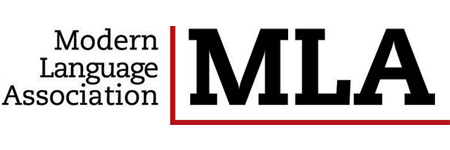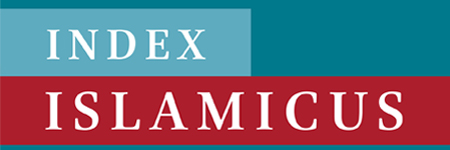Hızır-Ilyas Cult in The Divan of Yunus Emre
DOI:
https://doi.org/10.24082/2022.abked.370Keywords:
Yunus Emre, Divan, cult, Hızır-İlyas, water of mortalityAbstract
The concept of “cult” can be defined as a religious ceremony or belief that evokes common connotations in society. Additionally, the cult is used in many different disciplines with partially similar meanings. To analyze cults which were created by each society with their own belief systems and rituals, it would be beneficial to first look at the meaning of this concept because mythologies, belief systems, and cultures have been formed and shaped around these cults on a large scale. Cults were formed in Mythic periods and began to gain meaning. The influence of cults on societies continues today. Related to cults, culture is a series of symbols that occur, develop, and is produced as a result of the actions of humans. The archaic form of this can be found in cults. In this respect, researching, understanding, interpreting and analyzing cults also mean to unearth “the first and the oldest cultural remains”. Hızır and İlyas are spiritual figures who are thought to have attained immortality by drinking the ab-ı hayat (water of immortality). Narratives about Hızır-İlyas have a great place in belief system of Turkish people. Yunus Emre, who deals with different aspects of Turkish culture with a pure language in his poems, also directly or indirectly benefited from this cult. For this reason, the cult of Hızır-İlyas stands out as one of the common themes of folk and divan literature in Yunus’s Divan. In this article, traces of the cult of Hızır İlyas in Yunus’s divan were identified and interpreted.
Downloads
Downloads
Published
How to Cite
Issue
Section
License
Copyright (c) 2022 Journal of Alevism-Bektashism Studies

This work is licensed under a Creative Commons Attribution-NonCommercial-NoDerivatives 4.0 International License.








